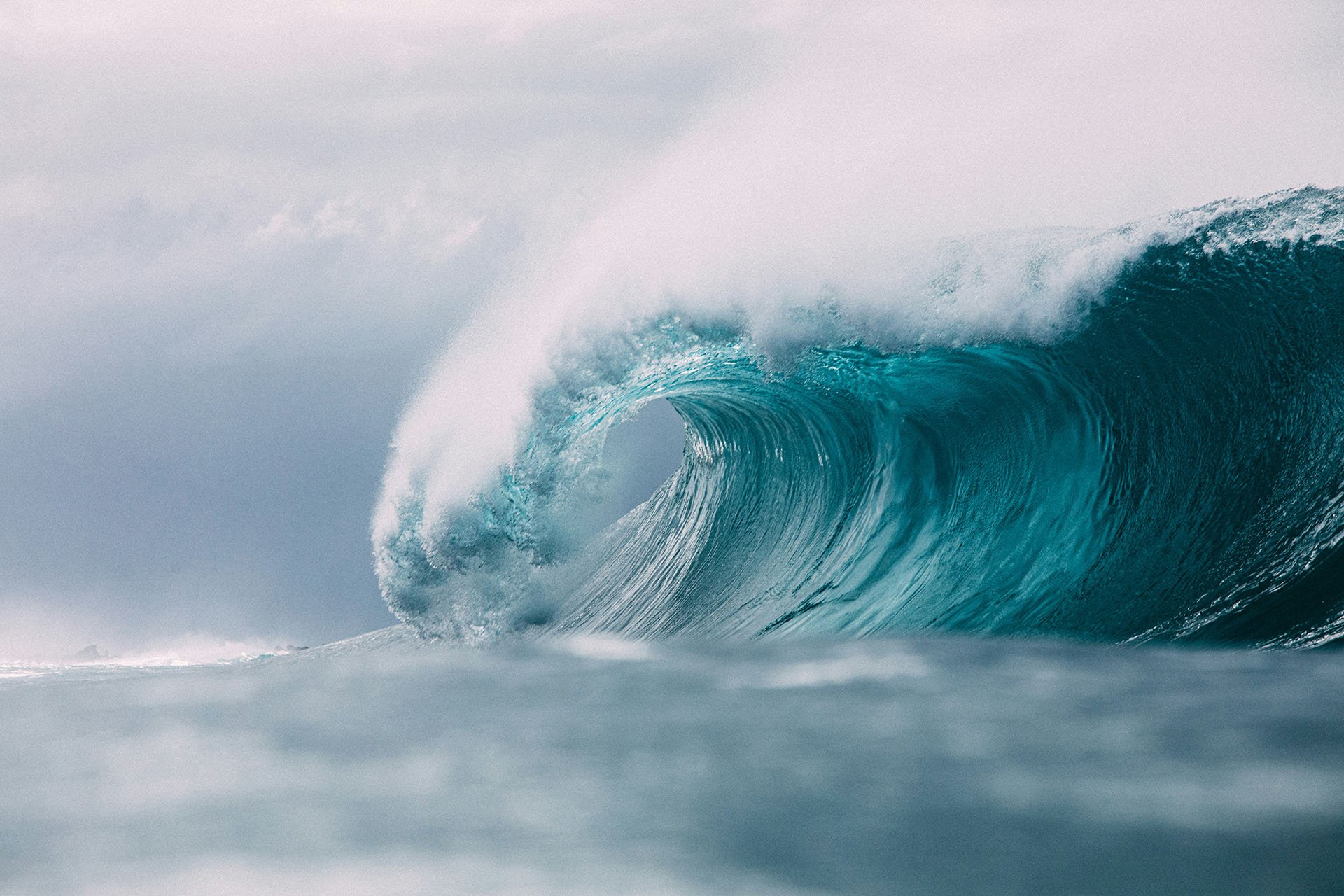The Story's The Thing
I’m always talking about how the stories we tell and the stories we read or hear or view both reflect and shape who we are. Usually I’m talking about enlightenment—learning something about ourselves, delving into issues such as pain or love or agency.
But sometimes, the stories teach us facts.
I’ve always known that, of course. Read my medieval novel, Lethal Alliances, and you’ll see that my intention—other than telling a good story!—was to open a window into a way of life none of us has directly experienced. Anyone reading that novel will come away with a sense of life in the early fourteenth century. That wasn’t accidental—I am so fascinated by history that it excites me to share glimpses of our collective pasts with readers.
Being on the receiving end of things isn’t bad, either. And what you learn can surprise you.
Last week my cat-companion of 18 years died, and, sleepless and in grief, I looked listlessly through the streaming options available to me to watch. I came upon an Amazon original series called The Rig and chose it because it had nothing to do with anything else in my life. Disturbing happenings on an oil rig in the North Sea felt remote enough, and out-of-my-experience enough, that I could lose myself and maybe a little of my grief in it.
I won’t say a lot about the series, which I did actually rather enjoy; but what I found wonderful was what it taught me. Nestled inside a fictional story was not only a piece of history and geography I’d known nothing about, but also a way of sitting that past into our present and assimilating what it might mean for our future.
On an oil rig in the North Sea, something strange has happened. A fog has enveloped the rig, another rig on the horizon has exploded, and bad things are happening to the crew. Sounds like the setup for a whole slew of horror flicks, doesn’t it?
But then came the history: the rig is situated precisely over an area that used to be land, land that was destroyed during a tsunami that engulfed it and created Northern Europe’s own Atlantis. The area, we’re told, was known as Doggerland, and the tsunami was caused by a submarine landslide known as the Storegga Slide. There’s more to the story—as one of the characters says, “We’ve been punching holes in the earth for years, it shouldn’t come as a surprise when the earth punches back”—and definitely secrets coming up from the deep; all in all, a decent story.
Fictional, of course. Right?
Still, I thought I’d heard an echo of something I’d read in the past, so I looked up Doggerland and the Storegga Slide, and found to my surprise that… well, yeah, they were real.
Somewhere around 6225 to 6170 BCE, a land bridge known to archaeologists and geologists as Doggerland linked Britain, Denmark, and the Netherlands, across what is now the southern North Sea. This area is believed to have included a coastline of lagoons, marshes, mudflats and beaches, and to have been a rich hunting, fowling, and fishing ground populated by Mesolithic human cultures.
Although Doggerland was permanently submerged through a gradual rise in sea level, it has been hypothesized that coastal areas of both Britain and mainland Europe, extending over areas which are now submerged, would have been temporarily inundated by a tsunami triggered by the Storegga Slide. This event would have had a catastrophic impact on the Mesolithic population at the time… not to mention on the earth itself.
As glaciers and ice sheets melted at the end of the last ice age, humans migrated north and found, presumably to their delight, a land teeming with plants and animals, an ocean filled with fish. We call it Doggerland; they called it home. It was a time of plenty; life in this ancient land was far more sophisticated than our traditional image of “stone age” humans. Evidence of boatbuilding, tool-making, the presence of ancient slipways, and even images of people at festivals of some sort are available to us. Presumably with plenty to go around, there wasn’t a lot of call for warfare over decreased resources, so it was very probably a good time and place to be alive.
But the earth was still warming. Over in what would become the US, retreating ice sheets formed a gigantic sea known as Lake Agassiz that burst its bank around 6200 BCE and flooded into the North Atlantic, disrupting the circulation of warm water and replacing Doggerland’s fertile land with marshes and jagged coastline. Methane that had been frozen in the tundra was uncovered and turned back into a gas, destabilizing the northern European continental shelf and creating a series of earthquakes. Hence the Storegga Slide, displacing an unimaginable amount of seawater and sending the equivalent of a churning wall of concrete over Doggerland and what is now Britain.
The implications for humanity’s current incarnation and global warming were not lost on the writers and producers of The Rig, and their story is a rather exciting morality tale. This may be what we, too, can expect, as our few glaciers melt again and the earth is destabilized once more.
But it’s still a great story, delivered with drama and dialogue (and a ton of special effects!). And what I’m learning from that is… we’re still learning. All of us. Is my life different from before, when I’d never heard of Doggerland or the Storegga Slide? Possibly not. But I am enriched by knowing about them now, not through a classroom or even a documentary film (though this one is great), but through a story.
I’m very proud to be part of that tradition, of teaching and learning through the stories we tell.

